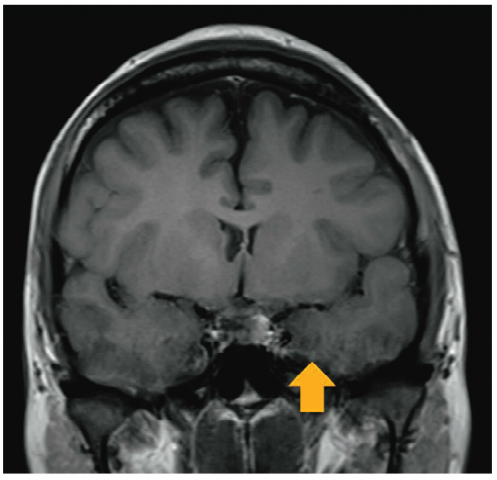

Diagnostic quality assessment of compressed sensing accelerated magnetic resonance neuroimaging. Sparse MRI: The application of compressed sensing for rapid MR imaging. Magnetic Resonance Imaging of the Brain Using Compressed Sensing – Quality Assessment in Daily Clinical Routine. Simultaneous Multislice Accelerated Turbo Spin Echo Magnetic Resonance Imaging: Comparison and Combination With In-Plane Parallel Imaging Acceleration for High-Resolution Magnetic Resonance Imaging of the Knee. Resting-state fMRI in the Human Connectome Project. Multimodal population brain imaging in the UK Biobank prospective epidemiological study. Evaluation of 2D multiband EPI imaging for high-resolution, whole-brain, task-based fMRI studies at 3T: Sensitivity and slice leakage artifacts. Improving diffusion MRI using simultaneous multi-slice echo planar imaging.

Evaluation of slice accelerations using multiband echo planar imaging at 3 T. Virtual slice concept for improved simultaneous multi-slice MRI employing an extended leakage constraint. Simultaneous multi-slice inverse imaging of the human brain. Impacts of simultaneous multislice acquisition on sensitivity and specificity in fMRI. New York: University Printing House, Cambridge University Press 2017 Blipped-controlled aliasing in parallel imaging for simultaneous multislice echo planar imaging with reduced g-factor penalty. Simultaneous multislice (SMS) imaging techniques. Noise estimation in parallel MRI: GRAPPA and SENSE. Rüdigerstraße 14, 70469 Stuttgart, Germany Fortschr Röntgenstr 2022 DOI: 10.1055/a-1800-8789Įrgänzendes Material/Supplementary Material Practical Aspects of novel MRI Techniques in Neuroradiology: Part 2 – Acceleration Methods and Implications for Individual Regions.

Sundermann B, Billebaut B, Bauer J et al. Other regions of the nervous system are dominated by targeted applications of recently introduced MRI techniques. New brain imaging approaches have evolved, including more universal examination protocols. New acceleration techniques allow for faster or higher resolution examinations. In further regions of the nervous systems mainly specific applications appear to benefit from recent technological improvements. Combining 3 D and acceleration techniques facilitates new broader examination protocols, particularly for clinical brain imaging. They do not suffer from classical signal-to-noise-ratio penalties. Results and Conclusions Compressed sensing and simultaneous multi-slice imaging are novel acceleration techniques with different yet complimentary applications. Different hardware manufacturers are considered. Methods Narrative review with an educational focus based on current literature research and practical experiences of different professions involved (physicians, MRI technologists/radiographers, physics/biomedical engineering). The question arises whether and how these techniques can be adopted for routine diagnostic imaging. Further techniques offer homogeneous image quality in regions with anatomical transitions. Background Recently introduced MRI techniques facilitate accelerated examinations or increased resolution with the same duration.


 0 kommentar(er)
0 kommentar(er)
